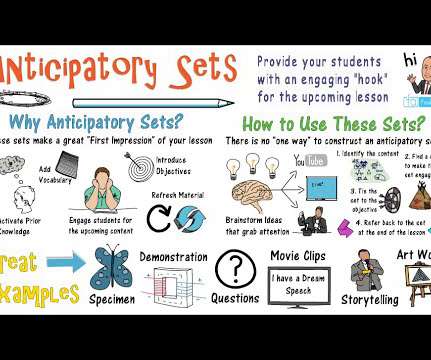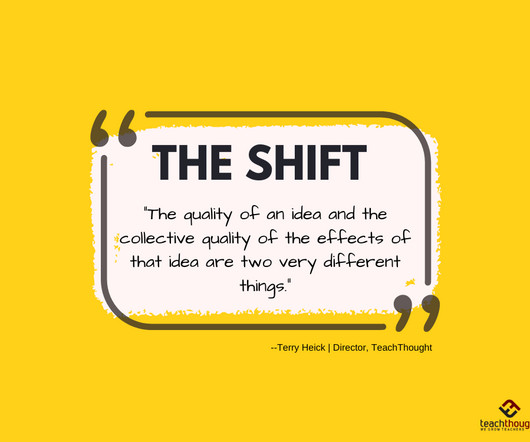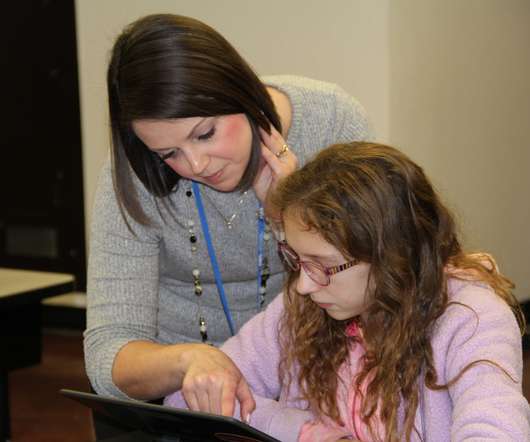Bookend Pedagogy
A Principal's Reflections
FEBRUARY 23, 2020
The anticipatory set is used to prepare students for the lesson by setting the students' minds for instruction. This is achieved by asking a question or making statements to pique interest, create mental images, review information, focus student attention, and initiate the learning process.



















Let's personalize your content